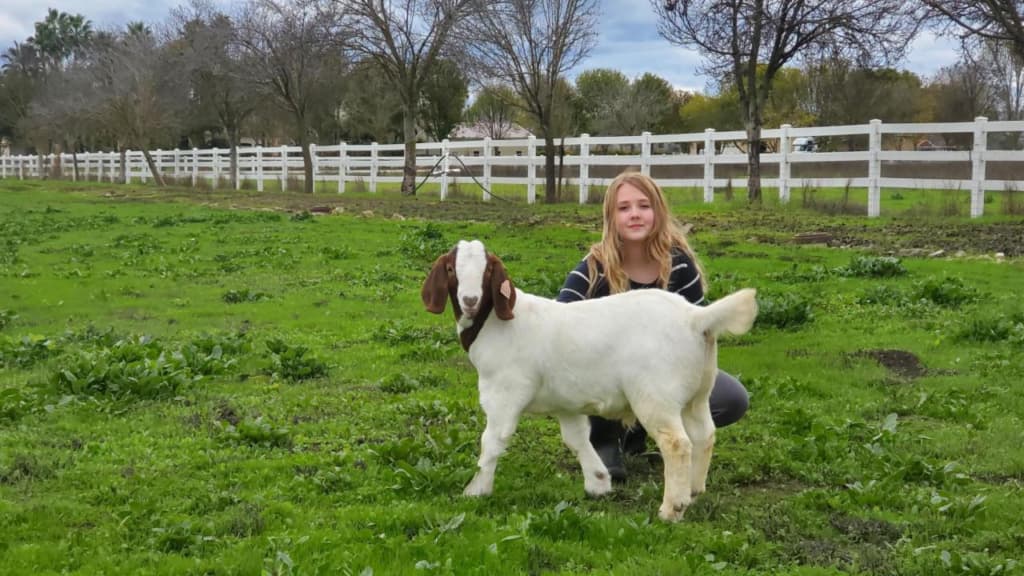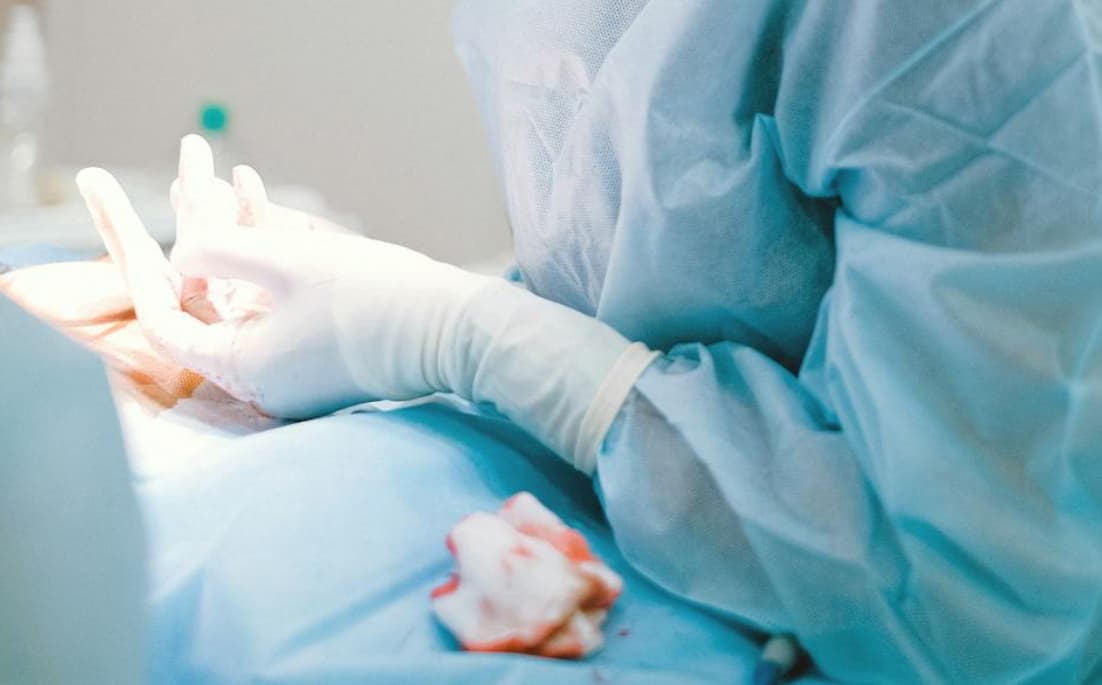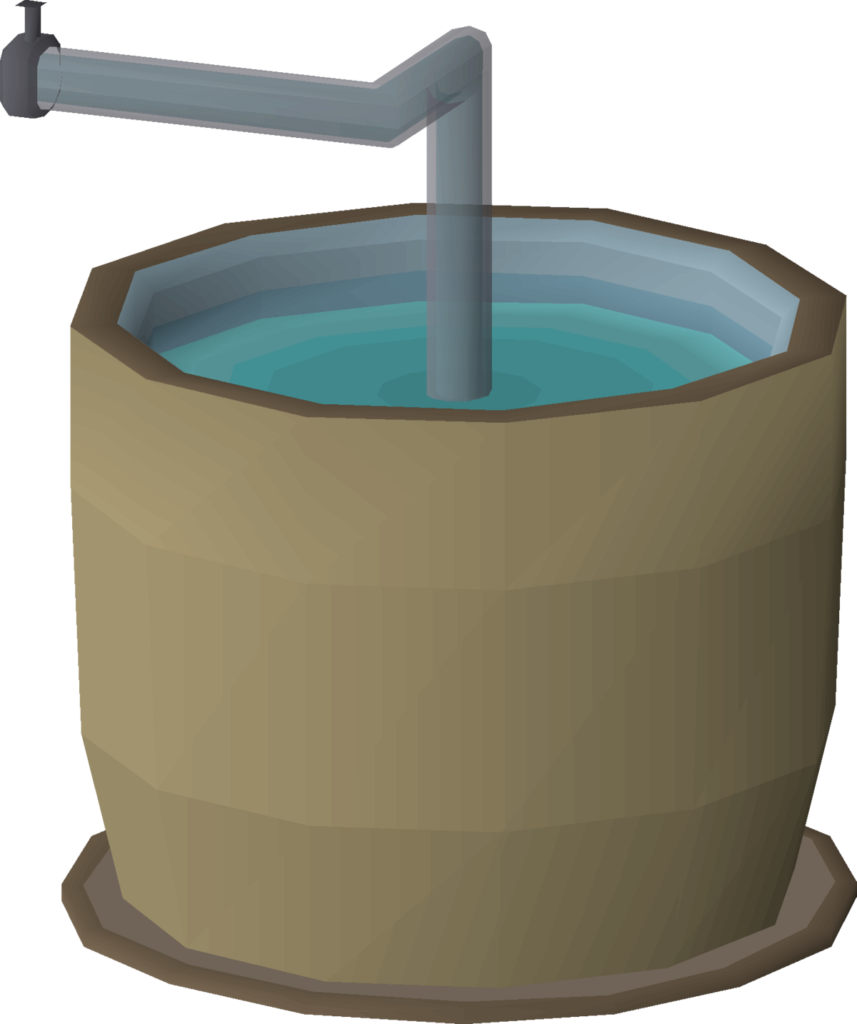The urethral process in goats (Capra hircus) extends from the pars spongiosa, forming a critical part of the male urethra. It incorporates erectile tissue continuous with the corpus spongiosum, facilitating crucial reproductive functions.
Morphological Characteristics
Characterized by a stratified transitional epithelium, the urethral process houses two dense fibrocartilaginous bands within its erectile body, tapering off near the extremity. Notably, the tunica mucosa-submucosa lacks smooth muscle but is enriched with vascular and neural elements, suggesting a significant sensory capacity.
Sensory and Erectile Features
Embedded within the erectile tissue, large cavernous sinuses are lined by endothelial cells, with a surrounding circular fibroelastic layer ensuring resilience during erection and mating. The surface epithelium transitions to a stratified squamous type towards the urethral process’s exterior, with connective tissue papillae projecting into the epithelial lining.
Comparative Analysis
| Feature | Urethral Process in Goats |
|---|---|
| Erectile Tissue Continuation | Direct extension of the corpus spongiosum |
| Epithelial Lining | Stratified transitional, transitioning to stratified squamous externally |
| Embedded Structures | Two fibrocartilaginous strands, excluding smooth muscle |
| Vascular and Neural Supply | Richly endowed, indicating a sensory role |
| Sinus Lining | Endothelial cells lining large cavernous sinuses |
| Protective Layer | Circular fibroelastic layer encasing the corpus spongiosum |
Key Highlights of the Urethral Process in Goats
- Erectile Tissue Extension: The urethral process is a direct extension of the corpus spongiosum, crucial for erectile functionality in the male reproductive system;
- Epithelial Transition: Initially lined with stratified transitional epithelium, it transitions to stratified squamous epithelium towards the exterior, suggesting adaptation to various functional demands;
- Fibrocartilaginous Presence: Embedded within the erectile tissue are two dense fibrocartilaginous strands, absent near the process’s tip, indicating structural differentiation;
- Absence of Smooth Muscle: The tunica mucosa-submucosa notably lacks smooth muscle, distinguishing it from other urethral sections;
- Rich Vascular and Neural Supply: The abundant blood vessels and nerves support the theory that the urethral process serves a significant sensory role in the reproductive process;
- Cavernous Sinuses: The presence of large cavernous sinuses, lined by endothelial cells, within the erectile tissue facilitates expansion during erection;
- Protective Fibroelastic Layer: A circular fibroelastic layer surrounds the corpus spongiosum, ensuring structural integrity during the erectile phase and copulation.
Evolutionary Adaptations of the Caprine Urethral Process
The urethral process in goats exemplifies an intriguing case of evolutionary adaptation to the reproductive needs of the species. This unique anatomical feature has undergone specific modifications, possibly in response to environmental pressures and mating behaviors. The extension of the corpus spongiosum into the urethral process not only supports erection but also plays a pivotal role in the safe passage of semen during copulation. The specialized epithelial lining transitions from stratified transitional to squamous towards the tip, potentially offering protection against physical and microbial threats during mating and urination.
The absence of smooth muscle in the tunica mucosa-submucosa, a departure from typical mammalian urethral anatomy, suggests an adaptation aimed at optimizing blood flow and sensory functions. These adaptations underline the dynamic evolutionary processes that shape reproductive anatomy, catering to the survival and propagation needs of the species.
Functional Implications of Urethral Process Anatomy
The intricate anatomy of the goat’s urethral process holds significant functional implications, particularly in the context of reproduction and disease resistance. The presence of erectile tissue ensures the urethra remains patent during erection, facilitating the unimpeded flow of semen. The stratification of the epithelial lining not only protects against physical abrasion but also offers a barrier against infections, a critical factor in maintaining reproductive health. The fibrocartilaginous bands embedded within the erectile tissue may serve to reinforce the urethral process, providing structural stability during the high-pressure events of ejaculation.
Moreover, the rich innervation and vascularization of the tunica mucosa-submucosa highlight the urethral process’s potential role in sensory perception, possibly influencing mating behaviors through feedback mechanisms. Understanding these functional aspects provides insights into the complex interplay between anatomy and reproductive success in caprine species.
Comparative Anatomy and Its Implications for Veterinary Practice
A comparative analysis of the urethral process across different species reveals the diverse evolutionary strategies employed to meet reproductive and urinary demands. In goats, the unique structure and composition of the urethral process underscore the importance of specialized knowledge in veterinary practice, particularly for procedures involving the male reproductive tract.
Recognizing the absence of smooth muscle and the specific arrangement of fibrocartilaginous strands can inform surgical approaches and treatment plans for urethral disorders. Additionally, the detailed understanding of vascular and neural supply is crucial for managing pain and preventing complications during interventions. As veterinary medicine advances, integrating comparative anatomical insights with clinical practices will enhance the care and management of caprine and other livestock species, promoting better reproductive health and welfare outcomes.
Conclusion
The urethral process in goats exemplifies a sophisticated anatomical adaptation, integrating erectile function with sensory capabilities, essential for reproductive efficacy. The detailed histomorphological study illuminates its complex structure and operational mechanics, contributing significantly to our understanding of caprine reproductive anatomy.



